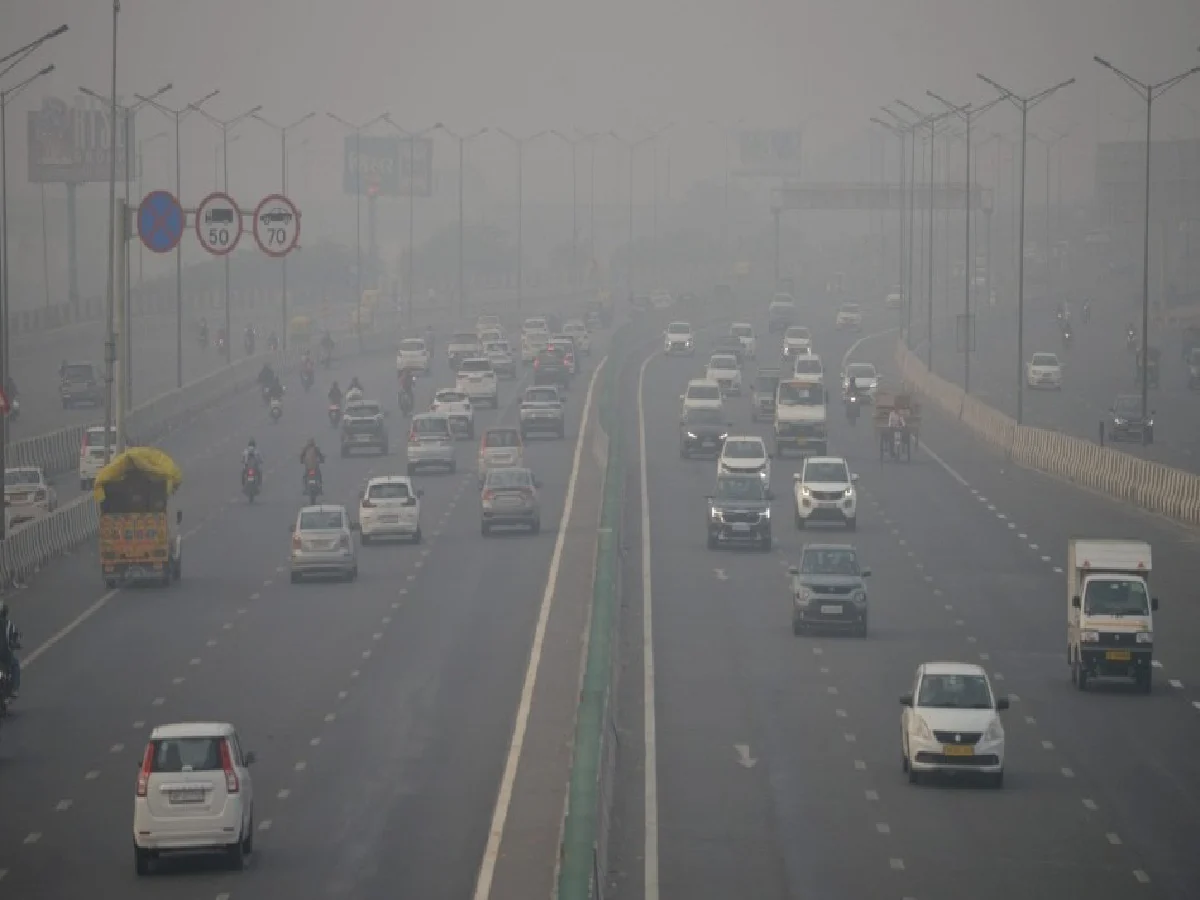A dense layer of haze blanketed Delhi on Sunday morning, as numerous districts of the capital city struggled with severe air pollution even ten days after Diwali. According to data from the Central Pollution Control Board (CPCB), air quality in Delhi was deemed ‘ very poor’ on Sunday, with an AQI of 335 at approximately 8 a.m. Visuals revealed a heavy haze blanket covering regions near the All India Institute of Medical Sciences (AIIMS) in south Delhi, with air quality rated as ‘ very poor’.
A layer of smog covered the Red Fort and nearby surroundings, with an AQI of 207, indicating ‘bad’ air quality around the renowned monument, according to the CPCB. According to data released by the System of Environment and Weather Forecasting and Assessment (SAFAR-India), some sections of the city experienced extremely poor air quality on Sunday morning.
New Moti Bagh (the AQI 394), Bawana (the air quality index 383), RK Puram (AQI 368), Wazirpur in (AQI 366), Mundka (AQI 356), Kartavya Path (357), and Anand Vihar (AQI 351) were among the places most severely affected by air pollution.
According to SAFAR-India statistics, the AQIs for Dwarka Sector-8 and Najafgarh were 341, Okhla Phase-2 had 339, Mathura Road had 323, and Lodhi Road had 319.
Many buildings, monuments, offices, flyovers, roads, and bridges in the city were obscured by a heavy layer of haze. In addition to atmospheric pollution, drone images showed toxic foam floating on the Yamuna River, which is situated in the Kalindi Kunj region, as well as an air quality rating of ‘ very poor’ in the area.
Meanwhile, doctors have advised citizens to stay indoors as much as possible and to take other precautions, warning that even those with no history of respiratory disease may experience breathing difficulties.
“Apart from regular patients, patients who do not have any respiratory issues recently are having symptoms like a runny nose, sneezing, coughing, and increasing difficulties breathing,” Apollo Hospital’s Dr Nikhil Modi was cited as saying by ANI.
The doctor also encouraged the administration to enforce school closures for a few days because children remain susceptible. An AQI between 201 and 300 is deemed ‘poor’, while an AQI between 301 and 400 is classified as ‘ very poor’. An AQI of 401 to 500 is classified as ‘ severe’, while scores between 501 and 600 are classified as.

